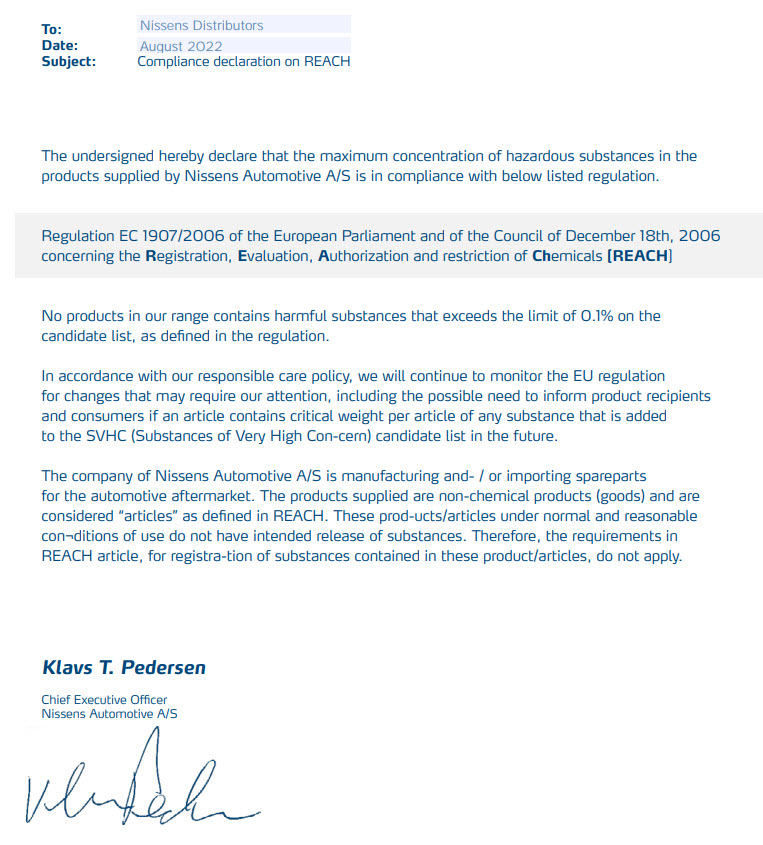
Evaporator
Cabin heat exchanger producing cold air
A heat exchanger in the low-pressure side of the AC system, installed between the expansion valve and the compressor. Typically, located in a HVAC (Heat-Ventilation-Air-Conditioning) module behind the vehicle dashboard.
The evaporator ensures the refrigerant to evaporate, thus change its state from a liquid to a gaseous form. Ambient air blown on the evaporator’s surface enables the evaporation process inside, and during the transition process of the refrigerant’s state , the blown air flowing through the evaporator’s surface turns cold and can be directed into the vehicle cabin.
Furthermore, the evaporator dehumidifies the intake air, which is of high importance for the system’s ability to demist the vehicle panes.
The Difference
-
Reliability & Performance
Test-proven, long-life and reliable operation.
-
Genuine Nissens Quality
Nissens’ Genuine Quality standards are applied throughout all of the development, manufacturing, and testing processes to secure the most optimal and proper operation of the product, and its long lifespan.
-
Competitive range
Product range with +100 items covering more than 340 OE numbers.
-
Easy Installation
Perfect finish thus easy fit, turns the installation of Nissens’ evaporator into a smooth process. The part fits ideally to the HVAC’s / mounting cassette.
Technical Details
A nonperforming interior blower disables the evaporator’s functionality and may lead to serious damage to the compressor.
Clogged or worn out cabin air filter, as well as a soiled, contaminated evaporator surface will limit the evaporator’s operation ability significantly.
Internal contaminated and clogged or mechanically damaged or corroded evaporator cannot be repaired and must always be replaced. A new expansion device must follow the new evaporator installation.






